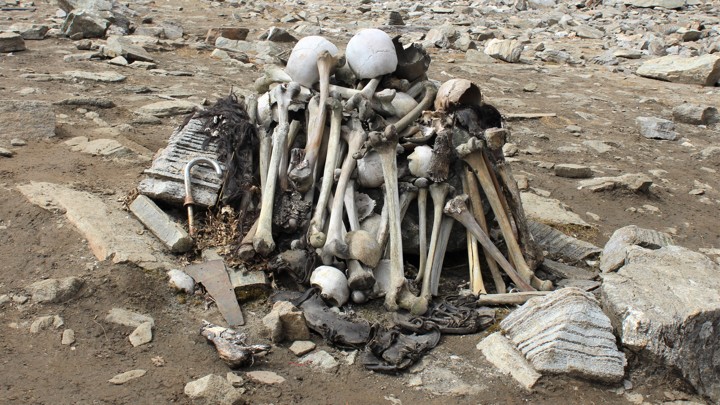
A DECADES-OLD mystery over an eerie Himalayan lake littered with human remains deepens – as scientists say hundreds of people died there spread over 1,000 years.
It was previously thought that the “Skeleton Lake” site was the result of a sudden and strange ancient catastrophe in the 9th century.
But new research suggests that skeletons at Roopkund lake were killed in multiple events between the 9th and 19th centuries.
Adding to the mystery is DNA evidence that suggests some of the people who died in the Indian region were from the Mediterranean.
And many of the skeletons have crushed skulls created by blows to the back of the head – likely created by round objects falling from above.
“Roopkund Lake has long been subject to speculation about who these individuals were, what brought them to Roopkund Lake, and how they died,” said study author Niraj Rai, of India’s Birbal Sahni Institute of Palaeosciences.
Roopkund lake was first “discovered” in 1942, during World War 2.
British officials at the time thought the skeletons were casualties of a Japanese invasion force.
But later studies concluded that the hundreds of people killed there were wiped out by a sudden and violent hailstorm in the 9th century.
Now a large-scale study of 72 skeletons at the site suggest that the people were killed “in at least two episodes” – separated by 1,000 years.
The first event was between the 7th and 10th centuries, where individuals with Indian-related ancestry died at Roopkund.
Experts say it’s possible that these people died during several distinct events.

